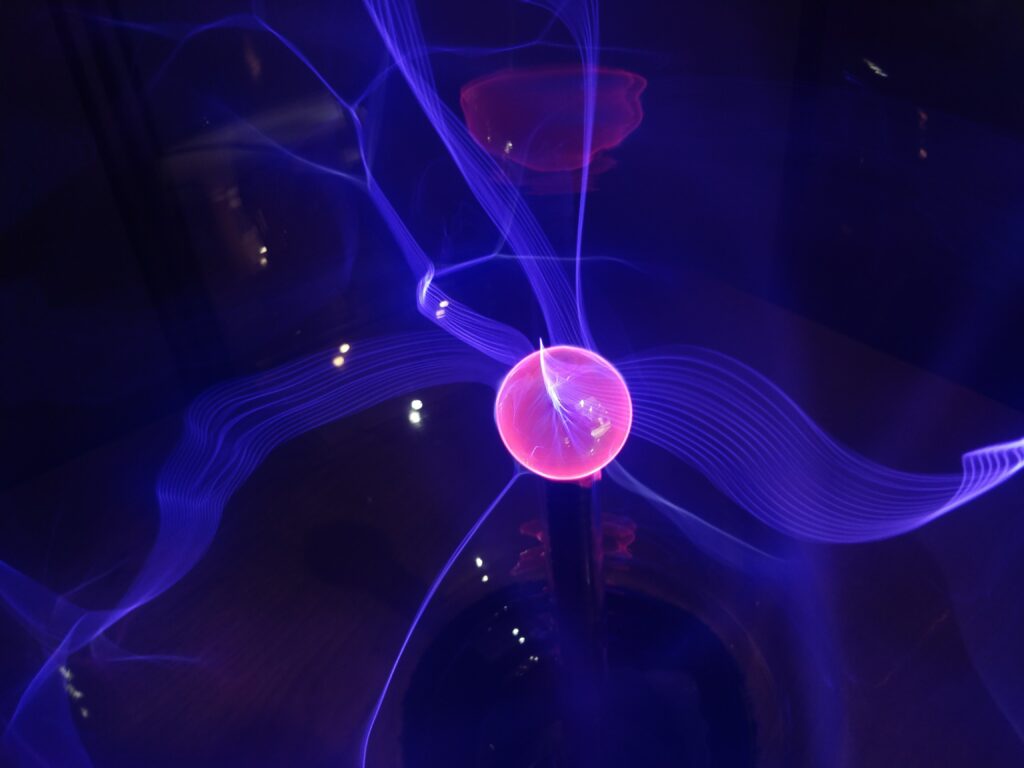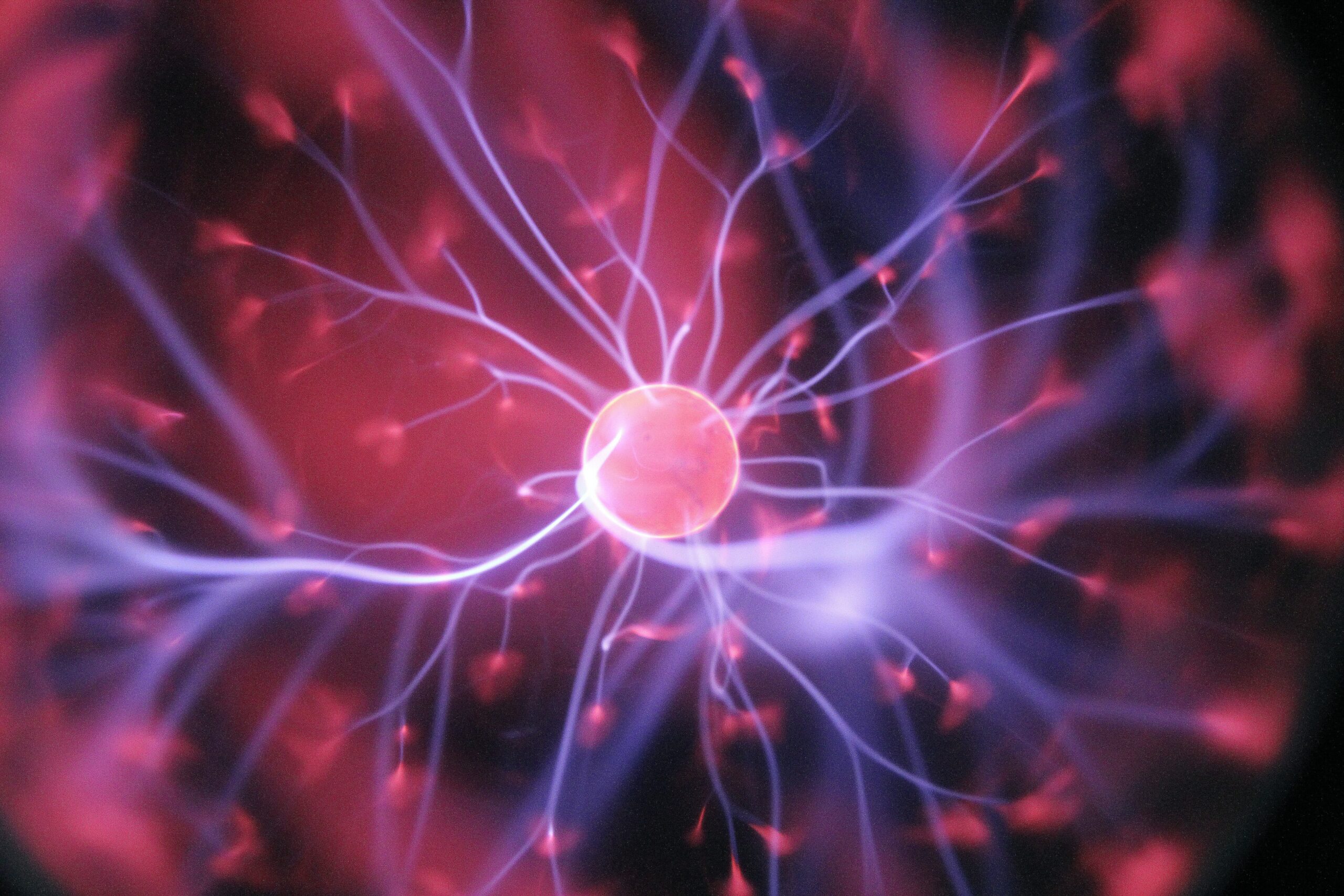It has been possible to obtain a quantum boomerang effect

One of the little-known paradoxes of quantum mechanics (the branch of physics that studies nature at small spatial scales, atomic and subatomic systems, their interactions with electromagnetic radiation and other forces, in terms of observable quantities) is the so-called quantum boomerang effect, which consists in that the particles that form the disordered materials shoot out in all directions, although they immediately return to their original position, where they remain static. The characteristic of disordered materials is precisely the chaotic behavior of the particles that form them.

In an everyday example, the quantum boomerang effect reflects the behavior of a dog when we throw a stick at it: it runs, picks it up and brings it back to our feet, the same place from which it had been thrown.
Researchers from the University of California at Santa Barbara have verified not with electrons, but with 100,000 ultracold lithium atoms, considering that with them it was easier to verify the boomerang effect, despite the fact that it is much more difficult to follow the movement of the atoms that of electrons. It was observed that at first the ultracold lithium atoms were stationary in their respective positions, but after receiving a laser impulse they shot away, confirming the boomerang effect: the atoms, for the most part, returned to their original position.
Unlike classical physics, where inertia is lost due to friction, in the quantum world it is the loss of momentum that causes the boomerang behavior of atoms.





Responses